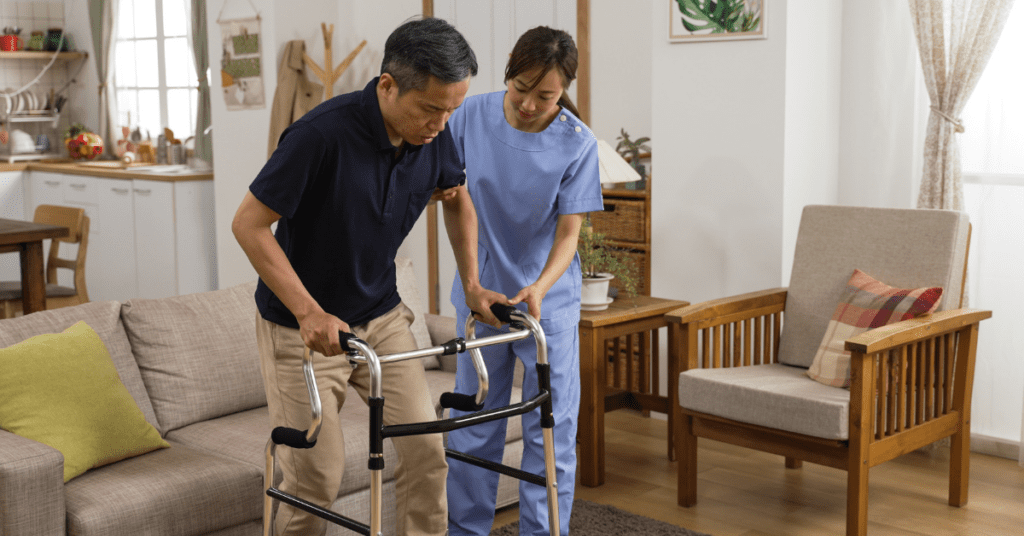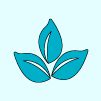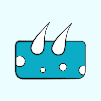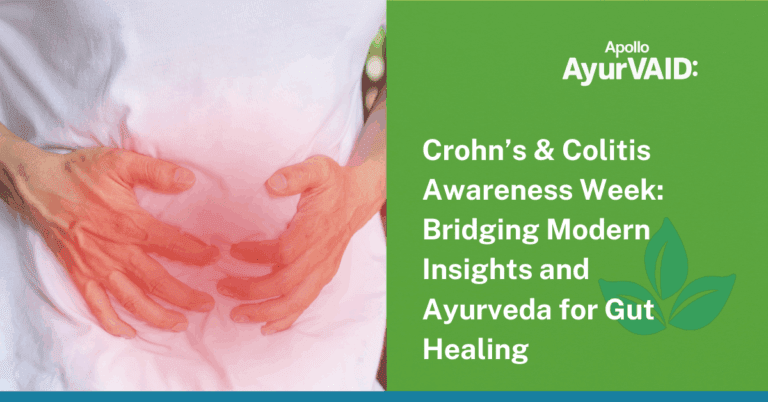Stroke, often referred to as a brain attack, is a debilitating condition that occurs when blood flow to the brain is interrupted, leading to brain cell damage. It can result in a wide range of physical and cognitive impairments, significantly impacting an individual’s quality of life. Conventional treatments for stroke typically involve medications, physical therapy, and sometimes surgical interventions. However, there is growing interest in integrating complementary approaches such as Ayurveda into stroke rehabilitation to enhance recovery outcomes.

Conventional Treatments for Stroke
Conventional treatments for stroke primarily focus on preventing further damage, restoring function, and preventing future strokes. Immediate medical interventions such as administering clot-dissolving drugs or performing surgery to remove blood clots aim to restore blood flow to the brain. After the acute phase, rehabilitation becomes crucial to help stroke survivors regain lost function and improve their overall quality of life. Physical therapy, occupational therapy, speech therapy, and medications to manage symptoms are commonly prescribed as part of stroke rehabilitation.
Step-Down Care
After the acute phase of stroke treatment, patients often require ongoing care and support to facilitate their recovery. Step-down care typically involves transitioning from acute care settings such as hospitals to rehabilitation centers, skilled nursing facilities, or home-based care. These settings provide a continuum of care tailored to the individual’s needs, focusing on maximizing functional independence and quality of life.

Pakshaghata in Ayurveda
In Ayurveda, stroke is known as “Pakshaghata,” which translates to paralysis (Paksha) caused by a sudden attack (Ghata). According to Ayurvedic principles, Pakshaghata is primarily caused by vitiation of the Vata dosha, leading to impaired blood circulation and nerve function in the affected part of the body. Ayurvedic treatment strategies for Pakshaghata aim to pacify the aggravated Vata dosha, improve circulation, and restore balance to the body and mind.
Ayurvedic therapies commonly used in the management of Pakshaghata include:
- Snehana (oleation therapy): External application of medicated oils to the body to lubricate joints, improve circulation, and reduce stiffness.
- Swedana (herbal steam therapy): Heat therapy using steam or herbal fomentation to relax muscles, alleviate pain, and improve mobility.
- Basti (herbal enema): Administration of herbal decoctions or oils through the rectum to cleanse toxins, strengthen nerves, and nourish tissues.
- Nasya (nasal therapy): Instillation of medicated oils or herbal preparations into the nasal passages to improve brain function, enhance circulation, and alleviate symptoms.
- Panchakarma (detoxification therapy): Comprehensive cleansing therapies aimed at removing accumulated toxins from the body and restoring balance to the doshas.
Ayurveda's Role in Integrative Stroke Rehabilitation
In stroke rehabilitation, Ayurveda can play a significant role in complementing conventional treatments and promoting recovery. Ayurvedic therapies improve circulation, reduce inflammation, restore balance, and enhance the body’s natural healing mechanisms. Integrative care combines conventional medical treatments with complementary and alternative approaches to address health’s physical, emotional, and spiritual aspects. Integrating Ayurveda into stroke rehabilitation can offer several benefits for patients, including:
- Holistic approach: Ayurveda considers the individual as a whole and addresses imbalances in the body and mind, which may contribute to stroke risk factors and recovery challenges.
- Personalized treatment: Ayurvedic therapies are tailored to each individual’s unique constitution and health needs, ensuring a personalized approach to stroke rehabilitation.
- Stress reduction: Ayurvedic practices such as meditation, yoga, and breathing exercises can help reduce stress, anxiety, and depression commonly experienced by stroke survivors, promoting emotional well-being.
- Rehabilitation support: Ayurvedic therapies such as Panchakarma (detoxification), Abhyanga (oil massage), and Basti (herbal enema) can complement conventional rehabilitation efforts by improving muscle strength, flexibility, and mobility.
Does Integrative Care Accelerate Recovery For Stroke Patients?
Ayurveda can significantly enhance stroke rehabilitation by complementing conventional treatments. AyurVAID Hospitals’ Integrative Neuro Rehabilitation Program (INRP) offers a specialized Comprehensive Stroke Rehabilitation Program (SRP) for stroke patients, focusing on classical Ayurvedic treatments and functional or occupational therapy inputs. The program aims to restore sensory-motor functions and improve the quality of life for stroke-affected patients. This multispecialty approach manages the patient’s disease, facilitates recovery, and significantly improves their quality of life. By combining conventional treatments with Ayurvedic therapies, individuals can benefit from a comprehensive rehabilitation program tailored to their unique needs, facilitating faster recovery and improved long-term outcomes. Integrative care acknowledges the value of traditional wisdom alongside modern medical advancements, promoting a more holistic and patient-centered approach to stroke rehabilitation.
References:
- Sankaran, R., Kamath, R., Nambiar, V., & Kumar, A. (2019). A prospective study on the effects of Ayurvedic massage in post-stroke patients. Journal of Ayurveda and Integrative Medicine, 10(2), 126-130.
- Poluboiartsev, I., & George, A. (2023). AYURVEDIC MEDICINE IN TREATING STROKE COMPLICATIONS: A LITERATURE REVIEW. Актуальные проблемы теоретической и клинической медицины, 39(1), 99-102.
- Venketasubramanian, N. (2021). Complementary and alternative interventions for stroke recovery–a narrative overview of the published evidence. Journal of Complementary and Integrative Medicine, 18(3), 553-559.






